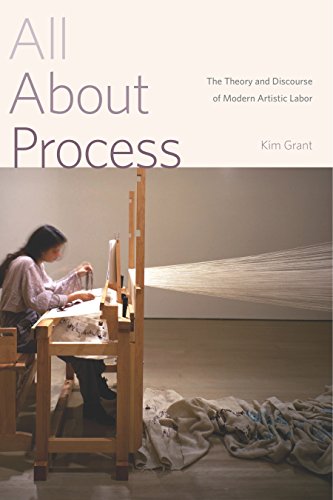

Most ebook files are in PDF format, so you can easily read them using various software such as Foxit Reader or directly on the Google Chrome browser.
Some ebook files are released by publishers in other formats such as .awz, .mobi, .epub, .fb2, etc. You may need to install specific software to read these formats on mobile/PC, such as Calibre.
Please read the tutorial at this link: https://ebookbell.com/faq
We offer FREE conversion to the popular formats you request; however, this may take some time. Therefore, right after payment, please email us, and we will try to provide the service as quickly as possible.
For some exceptional file formats or broken links (if any), please refrain from opening any disputes. Instead, email us first, and we will try to assist within a maximum of 6 hours.
EbookBell Team

4.8
84 reviewsIn recent years, many prominent and successful artists have claimed that their primary concern is not the artwork they produce but the artistic process itself. In this volume, Kim Grant analyzes this idea and traces its historical roots, showing how changing concepts of artistic process have played a dominant role in the development of modern and contemporary art.
This astute account of the ways in which process has been understood and addressed examines canonical artists such as Monet, Cézanne, Matisse, and De Kooning, as well as philosophers and art theorists such as Henri Focillon, R. G. Collingwood, and John Dewey. Placing “process art” within a larger historical context, Grant looks at the changing relations of the artist’s labor to traditional craftsmanship and industrial production, the status of art as a commodity, the increasing importance of the body and materiality in art making, and the nature and significance of the artist’s role in modern society. In doing so, she shows how process is an intrinsic part of aesthetic theory that connects to important contemporary debates about work, craft, and labor.
Comprehensive and insightful, this synthetic study of process in modern and contemporary art reveals how artists’ explicit engagement with the concept fits into a broader narrative of the significance of art in the industrial and postindustrial world.